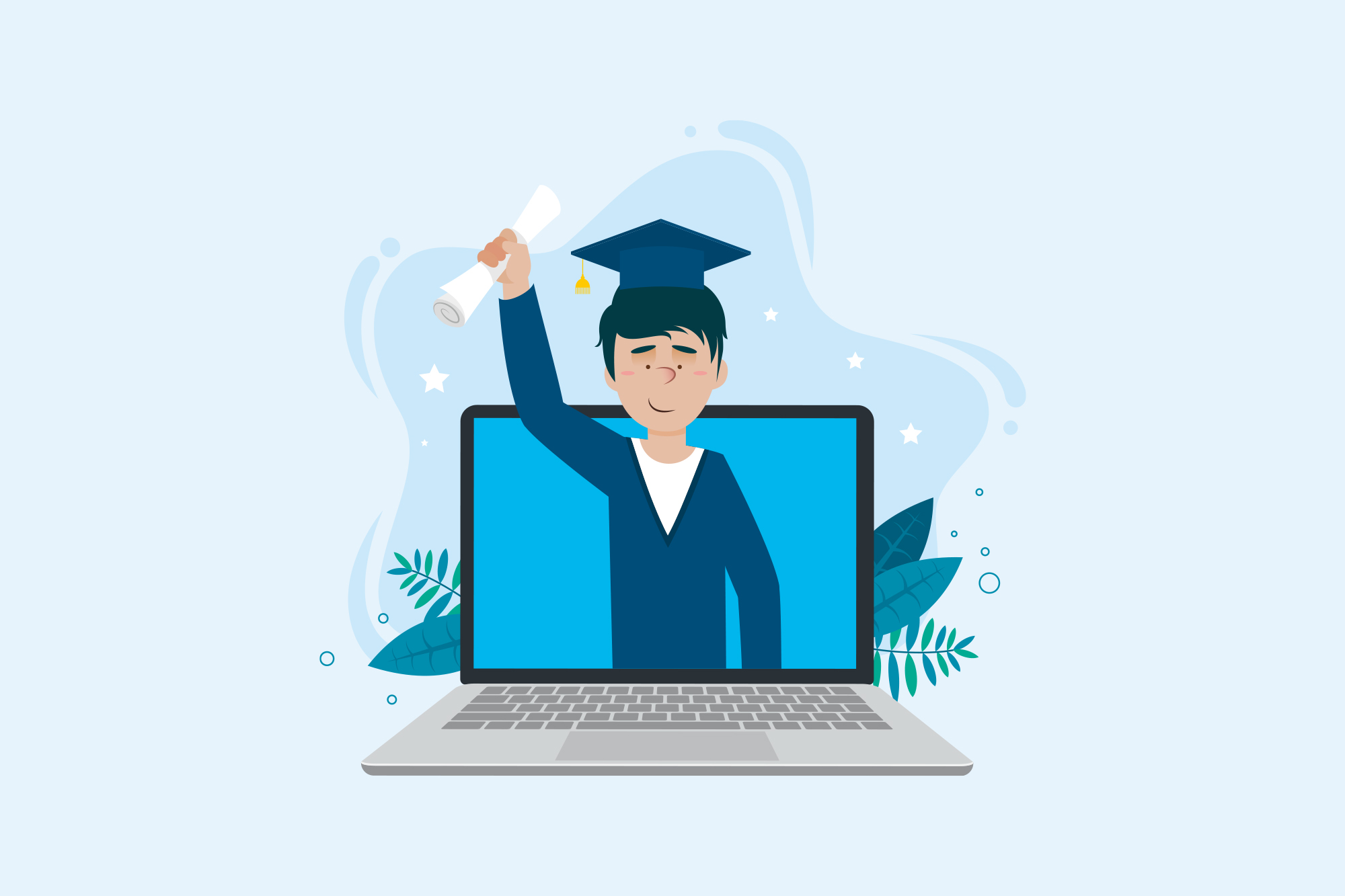The world has undergone a tsunami of changes in the 21st century. Digital platforms have gained an unprecedented momentum and radically transformed human lives, be it how they interact, socialize, learn, work, shop or go about their daily activities. No doubt, technology has led to unparalleled progress of the human civilization but excessive digitization has triggered some serious consequences as well.
What is Digital fatigue?
Ever wonder why you feel burnout after a long day of online classes, e-conferences or binge watching movies even though you were practically sitting the whole time? Well, it’s a condition known as digital fatigue!
Digital fatigue is a state of mental exhaustion and disengagement caused due to prolonged exposure to digital tools, apps and screens, for instance. Some common systems are lethargy (lack of energy), burnout (exhaustion), difficulty in concentration, frustration and irritability, muscle tension, headache, insomnia, etc.
Though digital fatigue is not a new phenomenon, it is growing exponentially in the recent times especially with remote working and remote learning mechanisms in place. People are no longer unplugging from their machines like they used to in a traditional office/classroom as the remote, isolated digital spaces barely offer any chance to pause and disconnect from the virtual screens through short strolls or random chats with friends. Rather short breaks often pave way for additional screen time as users switch to a different app (eg: Netflix, Youtube, etc) to unwind and relax.
What can you do?
The advices that we are going to share may sound a bunch of clichés and look very simple on the surface but they will go a long way in helping you minimize the ill-effects of Digital fatigue.
- Take periodic screen breaks: If it is very difficult for you, challenge yourself to screen timeout. It will reduce mental fatigue, improve brain function and help you concentrate better.
- Include a social element in your routine: Don’t refrain from eating lunch with your family or friends at the dining table or talking to them during the break or going out for a football/badminton game in the evening. Human interactions will help you move away from static screen time, revitalize and improve productivity.
- Indulge in at least one activity that will benefit your physical and mental well-being, walking or yoga, for instance.
- Schedule work/study hours: Don’t let the lines between study/work life and personal life blur. Shut down your machine, walk away when the time comes and let your brain recharge.
- Maintain a Good posture: Beware of your posture and avoid hunching at all costs for a long term good health.
- Keep the blue light to bare minimum: Adjust the display settings of your device to make screen time less harmful for eyes. Remember to place your screen at least 20-40 inches away & the top of the screen to your eye level.
Conclusion
In a world where most people begin and end their day by looking at digital screens, red flags are bound to be raised. Digital fatigue is one such red flag that is talking a toll on the health of people and unfortunately, online learning landscape is not bereft of its ill effects. However, a few alterations in our daily habits can help combat its ill effects.



